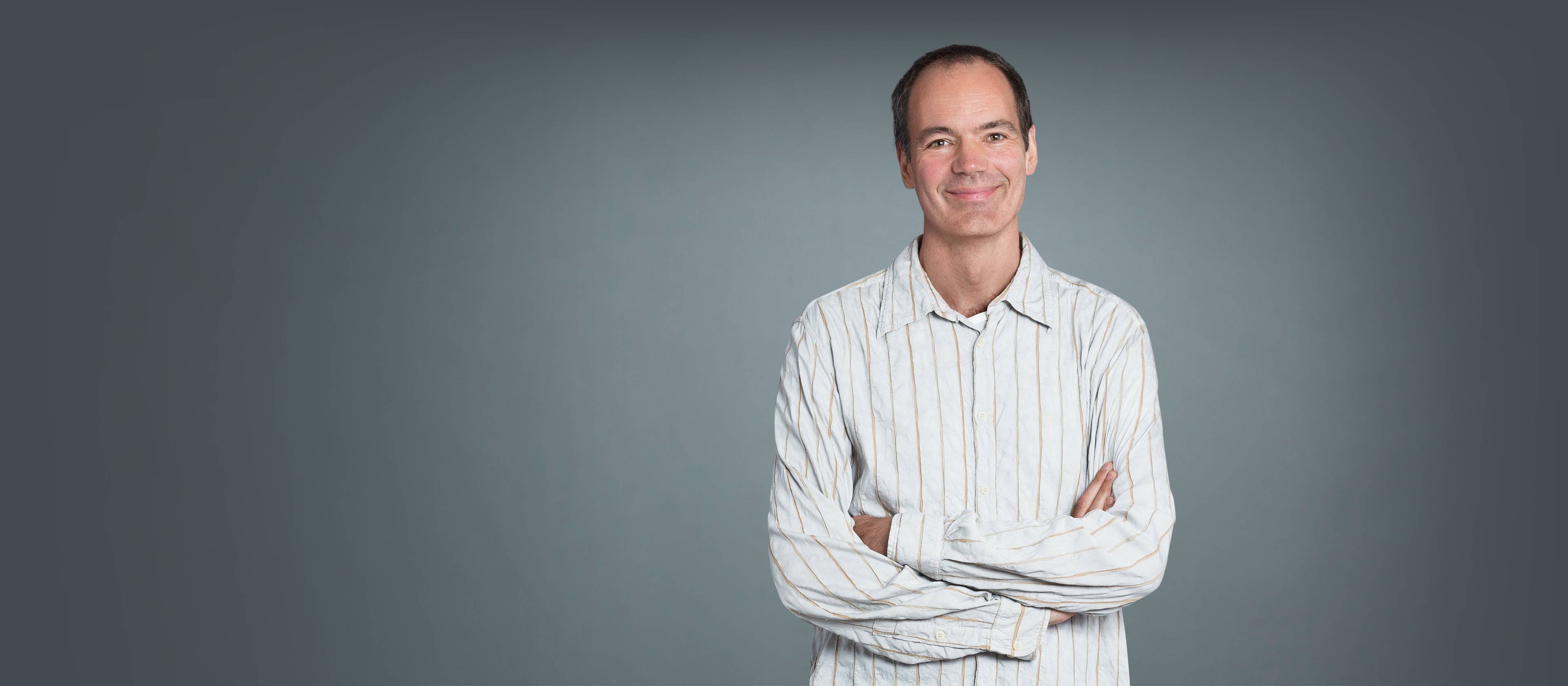Main content

Associate Professor, Department of Cell Biology
Embryonic development involves extensive cell and tissue movements. Cells are often born far from their final position and face the challenge of navigating through the embryo to reach their destination and assemble into organs. To accomplish this task, they have to correctly interpret guidance cues and interact with various tissues along their migratory route. Until recently, cell migration has been mainly studied in cultured cells. However, such conditions only partly reflect the reality of cell migrations in vivo where numerous migration events have to be coordinated and moving cells interact not only with substrates but also other cells. How these processes are regulated is becoming a central question in developmental biology. By combining in vivo imaging with embryological and genetic manipulations, for all of which zebrafish are particularly suited, our goal is to address this question from two perspectives. 1. Using trigeminal sensory ganglion assembly as a model, we study how disperse cells migrate to join and form a functional unit. Trigeminal sensory neurons face such a challenge. They are born from two different cell populations that need to join and assemble into a correctly positioned ganglion. Understanding this process on a cellular and molecular level will contribute to our knowledge of how migrating cells of different types interact with each other and the tissues they encounter en route to assemble into an organ. Figure 1. Co-Migration of Cells. How do different neuronal precursors assemble into a ganglion? 2. Using muscle precursor migration as a second model, we study how very related cells migrate out and navigate to different targets in the embryo. Muscle precursor cells are confronted with such a challenge. They originate from the paraxial mesoderm and need to migrate to different positions in the head and appendages. Having reached their targets, they join with tendon precursors and attach to specific sites on the skeleton. Identifying the molecules and understanding the mechanisms that allow migrating muscle precursors to find and interact with their distinct targets will contribute to our understanding how complex structures are assembled. Ultimately, this knowledge can be applied to conditions in which organ formation goes awry. Figure 2. Complex Cell Migration. How do muscle precursors find their position and correct attachment site? Comparing the insights gained from the two systems will contribute to our understanding how the embryo achieves two very different tasks: recruiting cells of different origin to form a functional unit and separating highly related cells to populate distinct positions to form a functional network. Since the trigeminal sensory neurons eventually innervate part of the head muscles to provide a sense of the jaw?s position to the embryo, these two systems ultimately may provide insight on a more global level of organization, namely how functional units are connected to each other to build a fully operational animal.
212-263-7227
540-562 First Avenue
Fourth Floor
New York, NY 10016
Associate Professor, Department of Cell Biology at NYU Grossman School of Medicine
PhD from University of Tubingen
Current biology. CB. 2024 Jan 22; 34(2):245-259.e8
Development. 2024 Jan 01; 151(1):
Development. 2022 May 15; 149(10):
Nature cell biology. 2022 02; 24(2):194-204
Cell research. 2022 Feb; 32(2):190-209
Development. 2021 Oct 01; 148(19):
Cell reports. 2020 Oct 27; 33(4):108311
Science. 2020 Oct 02; 370(6512):113-116